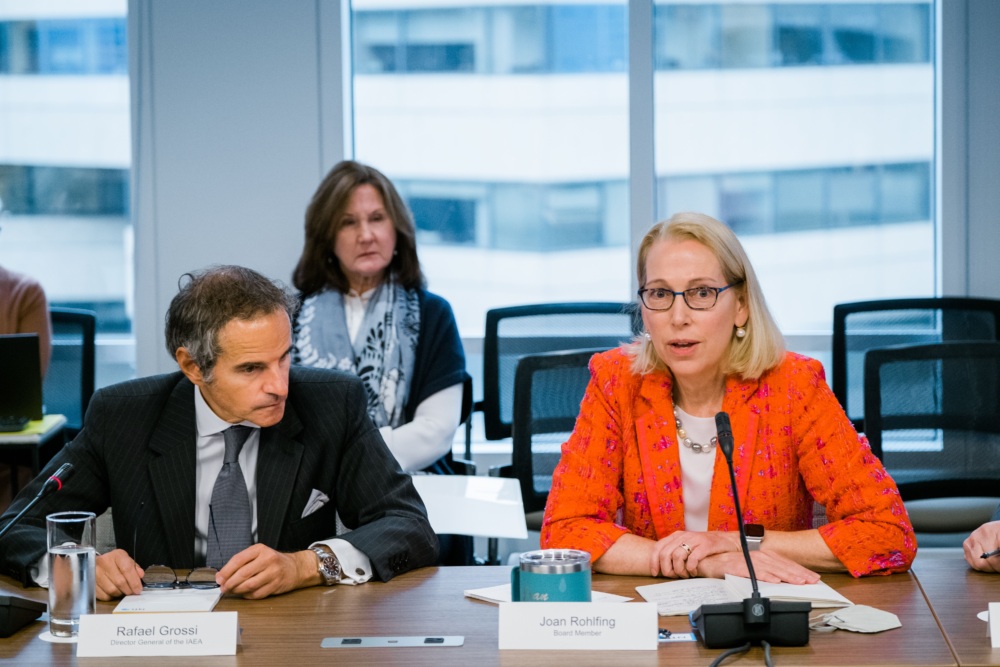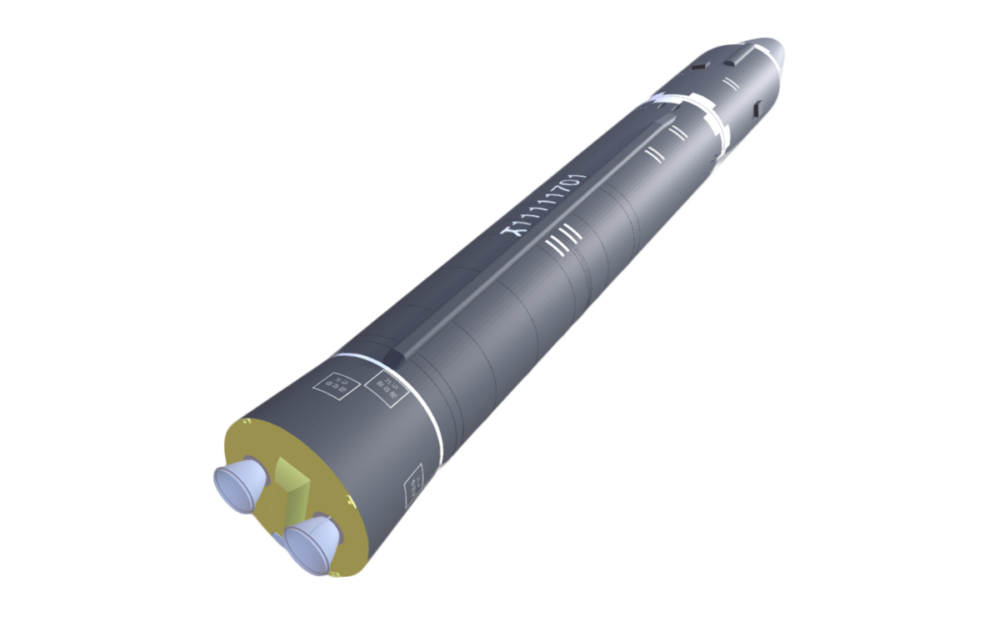
Joan Rohlfing
President and Chief Operating Officer, NTI
In a new article published by the Cambridge University journal, Ethics & International Affairs, NTI President and COO Joan Rohlfing argues that it’s time the world free itself from “the straightjacket of nuclear deterrence,” a dangerous, outdated concept that was never developed to address today’s complex systems.
The article, “The Myth of ‘Just’ Nuclear Deterrence: Time for a new Strategy to Protect Humanity from Existential Risk,” is one of a four-part series that the journal editors describe as designed to “inspire and refocus a discussion on the urgent question of how to create an ethical and just future in a world with nuclear weapons.” The other authors are Joseph S. Nye, Jr., Scott D. Sagan, and Sharon K. Weiner.
Rohlfing writes:
“In the three generations since the logic and operating system of nuclear deterrence was created, the world has evolved significantly. Instead of the slow, analog, bipolar world of 1950, today we have an extremely complex and fragile global architecture of nine entangled nuclear arsenals comprising some thirteen thousand nuclear weapons. Contemporary arsenals include nuclear weapons more powerful and lethal by a factor of 10 to 130 compared to those detonated in Hiroshima and Nagasaki and include more accurate and survivable delivery vehicles that can fly faster than the speed of sound.
“Indeed, ballistic missiles and other hypersonic delivery vehicles for nuclear weapons are so fast that leaders of nuclear states essentially have only a few minutes to decide how to respond to a warning of an incoming nuclear attack, putting extreme pressure on them to make civilization-altering decisions with potentially incomplete, misleading, or incorrect information. Nuclear early-warning and weapon systems may or may not be reliable given their cyber vulnerabilities. These growing system stressors are occurring on top of a multidecadal track record of human mistakes and technical failures involving nuclear weapons, causing near misses, lost bombs, and lost lives.
“At a minimum, nuclear deterrence is an insufficient strategy for preventing the use of nuclear weapons. In today’s world, instead of a considered, deliberate decision to use nuclear weapons, a mistake, misperception, accident, cyber exploit, technical failure, or false warning are equally likely pathways to nuclear use. Deterrence was never designed to address any of these threat vectors. Indeed, we have doubled down on preventing a single pathway to nuclear use—deliberate use—so much so that the system requirements to support nuclear deterrence (high numbers of increasingly lethal weapons, deployment of “ready-to-fire” nuclear missiles, and regular performative exercises simulating the launch of nuclear forces to demonstrate our preparedness) now compound the risks of use of these weapons through blunder, accident, or mistake at an unimaginable cost to our collective future. Nuclear weapon states have developed and continue to maintain a highly complex system comprised of fallible humans and vulnerable high tech that is spring-loaded for disaster.”
Read Rohlfing’s full article here.
Sign up for our newsletter to get the latest on nuclear and biological threats.
A collection of missile tests including the date, time, missile name, launch agency, facility name, and test outcome.
At this critical juncture for action on climate change and energy security, 20 NGOs from around the globe jointly call for the efficient and responsible expansion of nuclear energy and advance six key principles for doing so.
Information and analysis of nuclear weapons disarmament proposals and progress in Belarus


